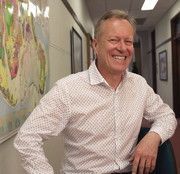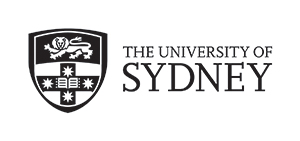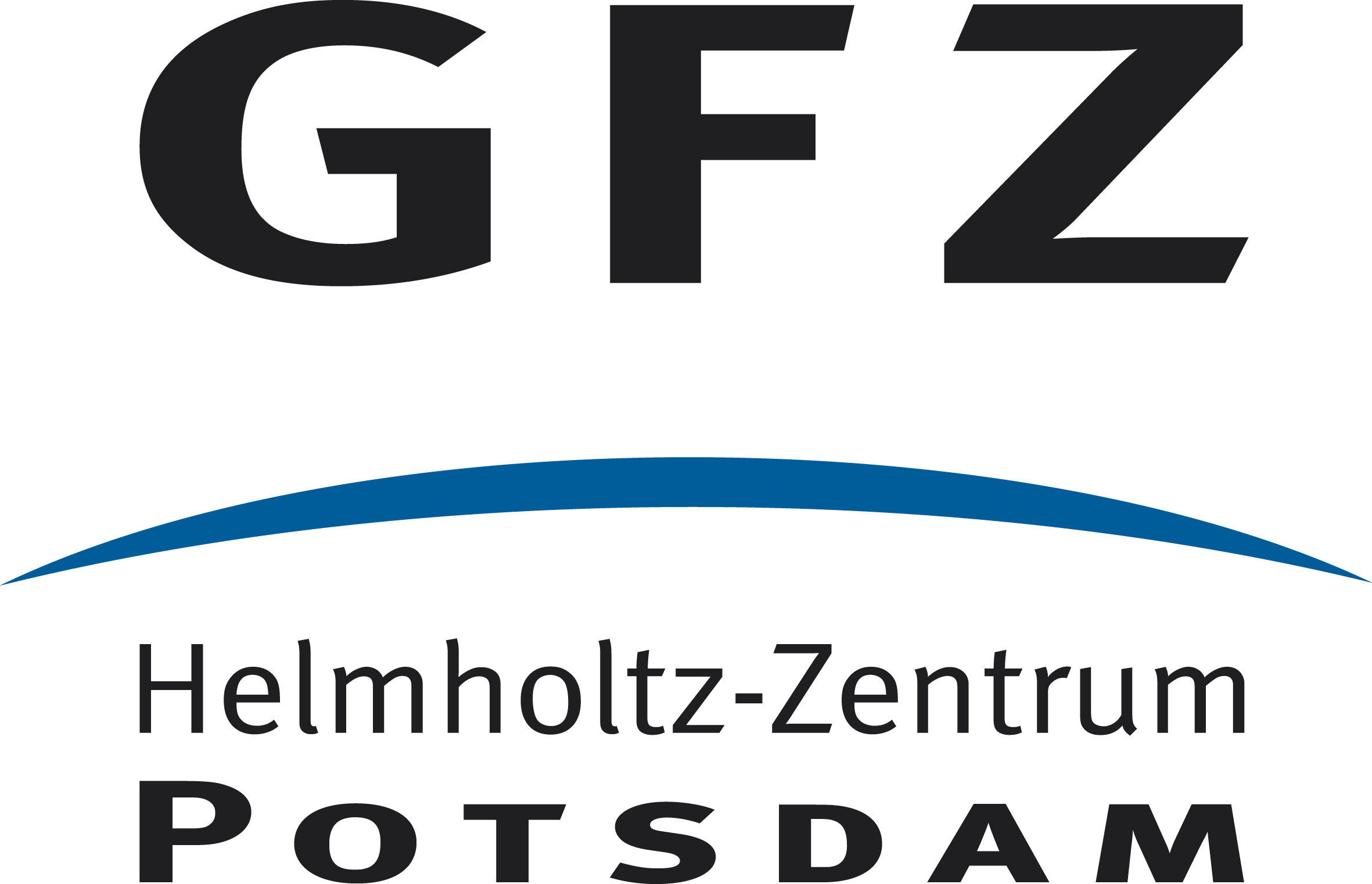Abstract: Forward and adjoint plate-mantle models currently represent the primary means of understanding the evolution of the plate-mantle system over time periods significantly longer than 100 million years. These plate motion- and subduction-driven models depend on plate kinematic models as surface boundary constraints and are widely used for understanding plume-plate, asthenosphere-plate and slab-plate interactions, including effects on dynamic surface topography. An important facet of plate kinematic models in this context is that subduction zone geometries and locations are as accurately modelled as possible in a mantle reference frame. This is a key for matching tomographically imaged subducted slab volumes using geodynamic modelling. Conventional rigid plate models are not well-suited for matching this criterion, as they do not take into account the time-dependent extensional or compressional continental lithospheric deformation along active plate margins. In addition, the majority of published absolute plate reference frames do not well reflect key “rules of geodynamics”, including that, on average, the majority of subduction zones should neither roll back nor advance at speeds more than 2 cm/year, and that net rotation of the plates should not exceed a value of ~2-3º/year. Hotspot reference frames are generally better suited to matching these criteria than paleomagnetically derived reference frames. However, the main time period for which a rich set of time-progressive hotspot tracks is available is restricted to the last ~80 Ma. Paleomagnetically-derived absolute reference frames typically result in apparent polar wander paths, whose kinks do not necessarily correspond well to times at which other data indicate plate reorganisations, e.g. data constraining the cessation or initiation of subduction or continental collisions, thus shortening or lengthening the subduction system. This is problematic because the majority of the forces driving absolute plate motion originate from subduction and are thought to change only when the network of plate boundaries changes substantially, particularly through ridge-trench collision and subduction initiation. We present a new generation of global plate model that is designed to tackle these issues. The new model, spanning the last 250 million years, incorporates plate deformation along plate interiors and edges, thus tracking subduction zone locations relative to overriding plates with an extending or compressing edge, and adopts a new type of mantle reference frame optimised for minimising subduction zone migration speeds as well as net lithospheric rotation. For the last 80 million years major hotspot tracks are included in the inversion. In our optimized model net rotation is consistently below 0.25º/Myr, and trench migration scatter is substantially reduced. The model will form the basis for global paleo-elevation models, and will soon be extended beyond 1Ga, covering two supercontinent cycles.
Seminar talk by Dr. Dietmar Müller: "Next Generation Surface Kinematic Constraints for Global Geodynamic Models"
Scientific Talks
Date: Tuesday, 16th of July 2019; 11 a.m.
Venue: Potsdam, Telegrafenberg, building H, VR 1&2
Host: Dr. Sascha Brune, Young Group Leader at Section 2.5: Geodynamic Modelling, GFZ German Research Centre for Geosciences
Speaker: Dr. Dietmar Müller, Professor of Geophysics, School of Geosciences, University of Sidney
All people interested are very welcome!
Back




